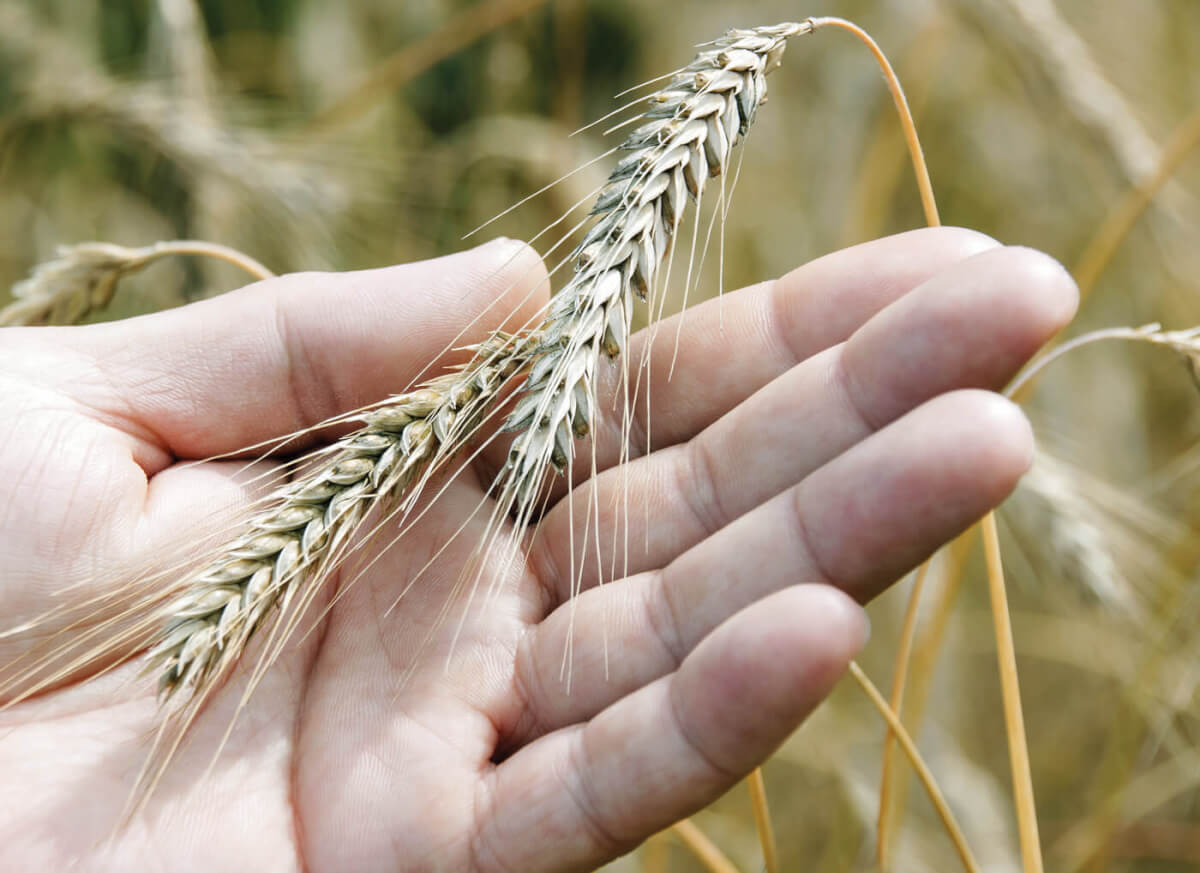When you’re stuck and food supplies are dwindling, it’s time to kick your survival mode up a notch. No matter where you are, there is something you can eat, you just have to know what they are and where to look.
These six wild foods are not only edible but quite tasty, very nutritious and widely available. The goal of eating wild edibles in survival situations is getting enough calories and nutrients to keep you going until you can secure a more robust food supply. Eat a varied diet, including greens, flowers, roots, nuts, seeds and fruits.

The cattail is typically found at the edge of water sources. Its most distinguishing feature is the brown, cigar-shaped section on the top of the tall stalk.
The cattail provides you with lots of options. You can eat these parts:
- Leaves—especially the lower parts; best boiled
- Stems—particularly the young ones; raw or cooked
- Flowers—before they develop into the cigar-like heads
- Root/rhizome—dried or fresh and cooked

This is a familiar plant often found in wooded areas, empty lots and pastures. It is widespread and easy to identify; the leaves are in groups of three with the rounded reddish-purple flower at the top. The leaves have a chevron design.
- One important note is that women who are pregnant or nursing should avoid clover.
- You can eat the leaves but the flower is the most nutritious part of the plant because it’s high in protein. Eat either boiled or raw.
- Some people experience bloating from clover so eat minimal amounts until you find out if it has that effect on you.
- Many other clovers, like hop clover, are also edible.

Rich in vitamins, minerals and antioxidants, dandelions are one of the best plants to eat. They are widespread, prolific and easy to identify. All parts of the plant are edible, but the leaves get bitter as the plant ages. To cut the bitterness, boil the leaves in one or more changes of water. Drink the water for added nutrients.
When you harvest dandelions you can eat the:
- Leaves—raw or cooked; dried or blanched and frozen
- Root—dried and made into tea or boiled fresh
- Flower—raw

These come from any species of Oak tree. You can find acorns at the base of the tree, but you have to be quick to get them before the squirrels do. Acorns are high in carbs, fat and protein, making them a great complement to greens and berries.
- Shell the nut and soak it in warm water for up to a couple days to remove the bitterness.
- Cook the acorns or dry and grind them into a flour.
- Be sure you don’t confuse acorns for other tree nuts, some of which are poisonous.

Fruit and berries can be delicious and satisfying foods to find in a survival situation. Common wild berries include the strawberry, blueberry, raspberry, blackberry and grape. Be sure to correctly identify, as some plants produce berries that are not edible. Most wild versions of common fruits look and taste much like commercially-grown crops.
- Berries can be eaten raw or included in salads, breads and other baked foods
A few other fruits to forage for. All can be eaten raw or cooked.
- Pears
- Apples
- Cherries
- Peaches
- Rose hips

These well-known trees are a great resource for many useful items, including food, when you are in survival mode and they can be found throughout the country.
Pine, hemlock, Douglas fir and spruce are the best to look for. Avoid ponderosa pine and Norfolk Island pine; both have poisonous needles. Pines have bundles of between one and five needles. They are highly fragrant and have a sticky sap which can help in fire-making and other useful applications.
These parts of the pine tree can be eaten:
- Seeds—raw or cooked
- Cones—young male cones can be collected in the spring; boil or bake them
- Inner bark—remove the outer bark from thin twigs and chew the inner bark
- Needles—use to make a tea
As you get more experienced and educated in the recognition and use of wild plants, you will find many more options and come to realize that you’ll rarely be far from a potential food source.
Editor’s note: A version of this article first appeared in the April 2014 print issue of American Survival Guide.


